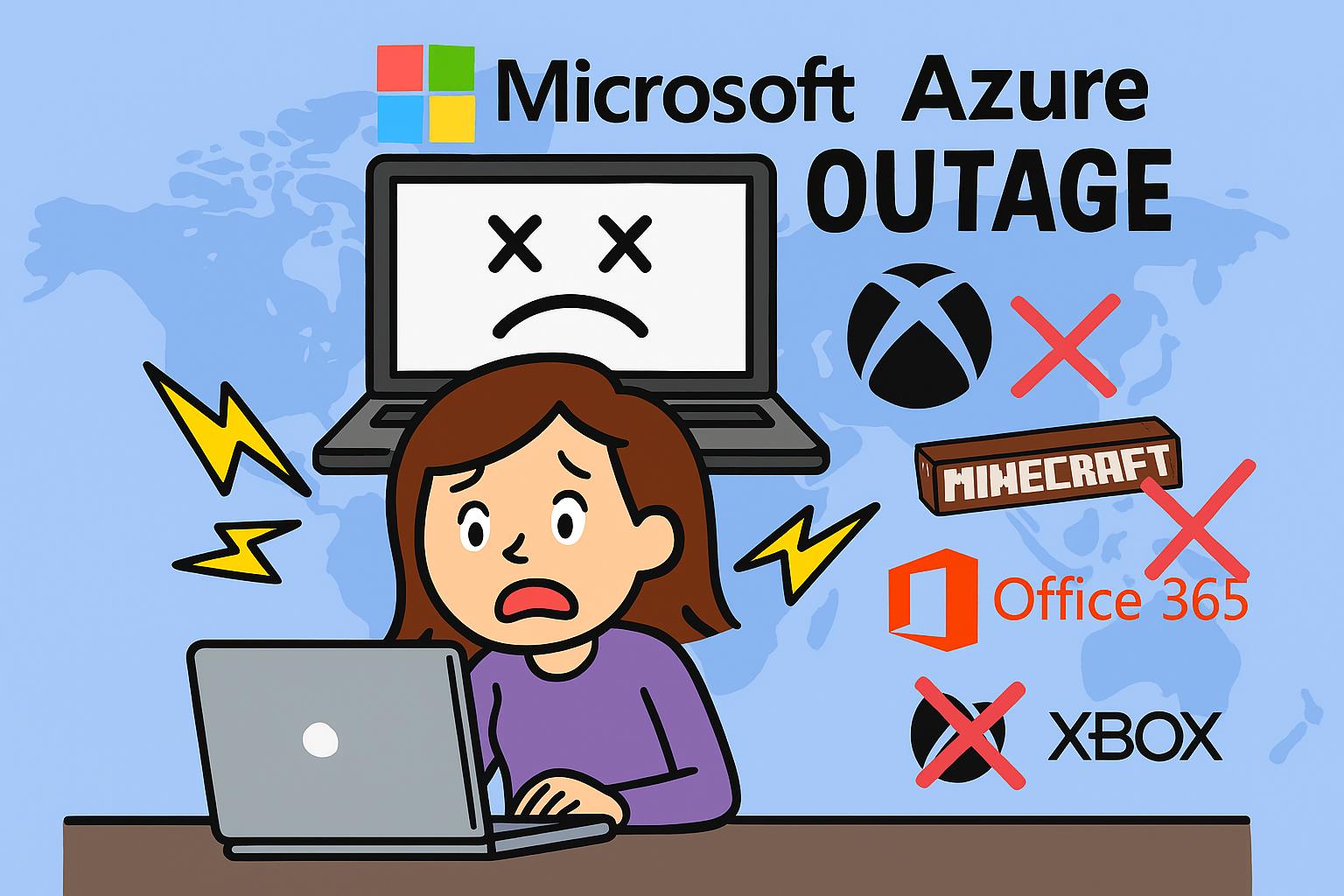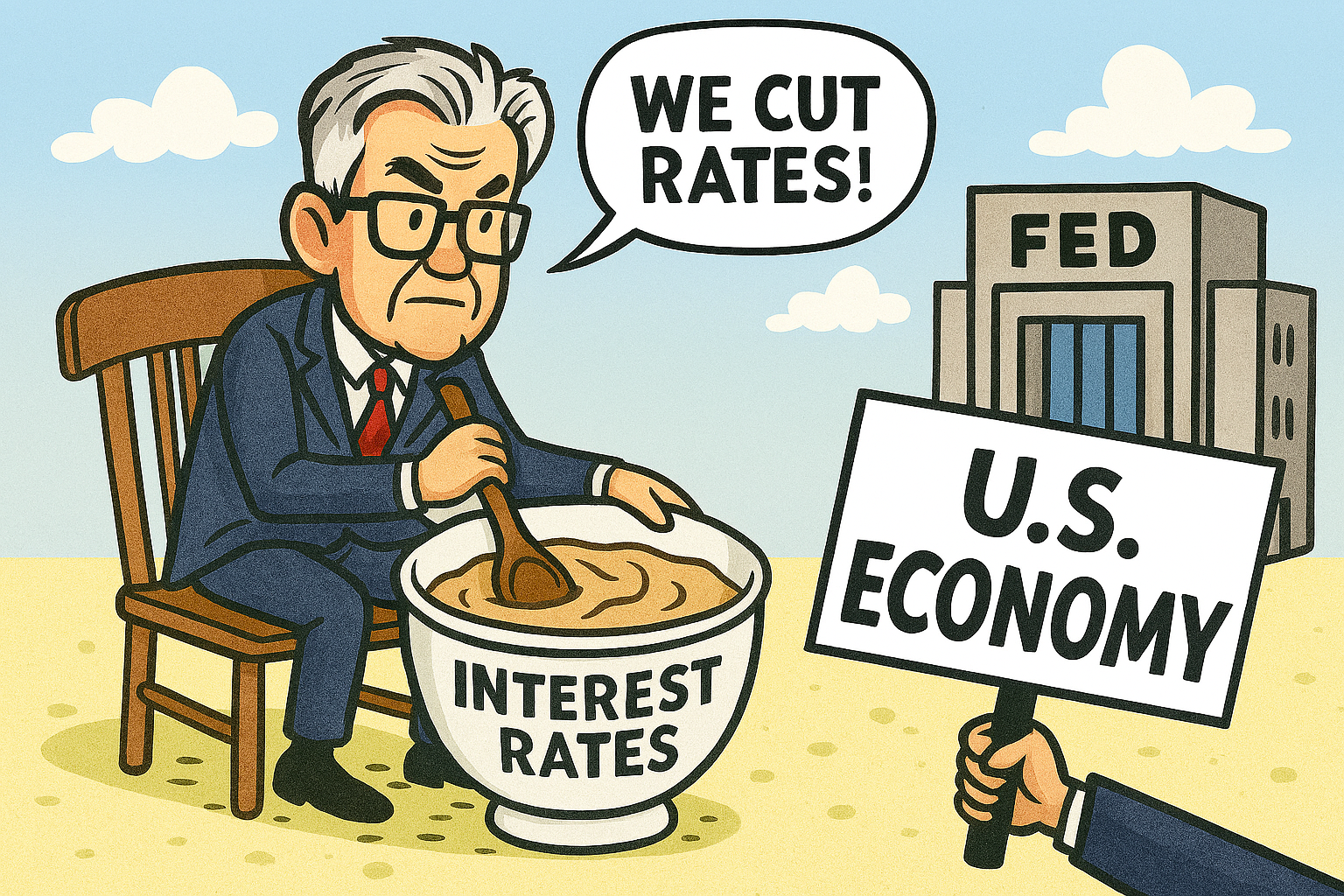Microsoft Azure experienced a widespread outage on 29th October, beginning around 16:00 UTC, which affected thousands of users and businesses globally.
The disruption stemmed from issues with Azure Front Door, Microsoft’s content delivery network, and cascaded into failures across Microsoft 365, Xbox, Minecraft, and numerous third-party services reliant on Azure infrastructure.
Major retailers such as Costco and Starbucks, as well as airlines including Alaska and Hawaiian, reported system failures that hindered customer access and internal operations.
Users struggled with authentication, hosting, and server connectivity, with DownDetector logging a surge in complaints from 15:45 GMT onwards.
Microsoft acknowledged the problem on its Azure status page, attributing the outage to a suspected configuration change.
Full service restoration was achieved by about 23:20 UTC, though the timing coincided awkwardly with Microsoft’s Q1 FY26 earnings report, where Azure was reportedly highlighted as its fastest-growing segment.
The incident underscores the critical dependence on cloud infrastructure and raises questions about resilience and contingency planning.
As businesses increasingly migrate to cloud platforms, the ripple effects of such outages become more pronounced, impacting not just productivity, but public trust in digital reliability.
AWS has also experienced outage issues recently.





